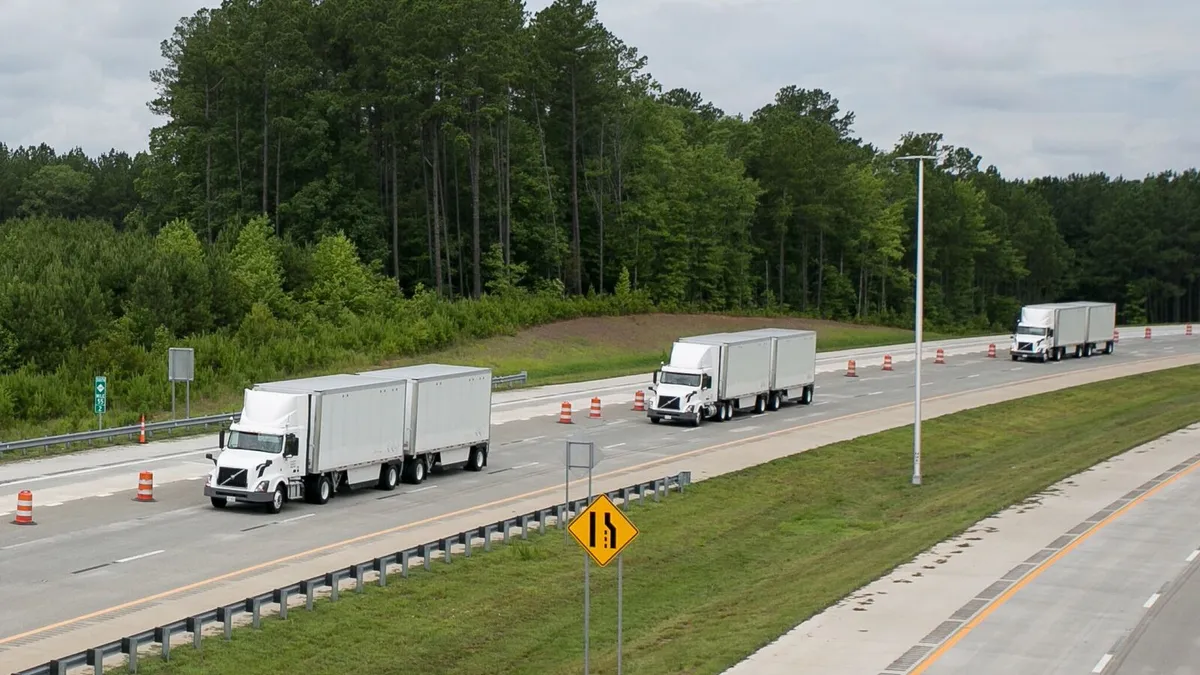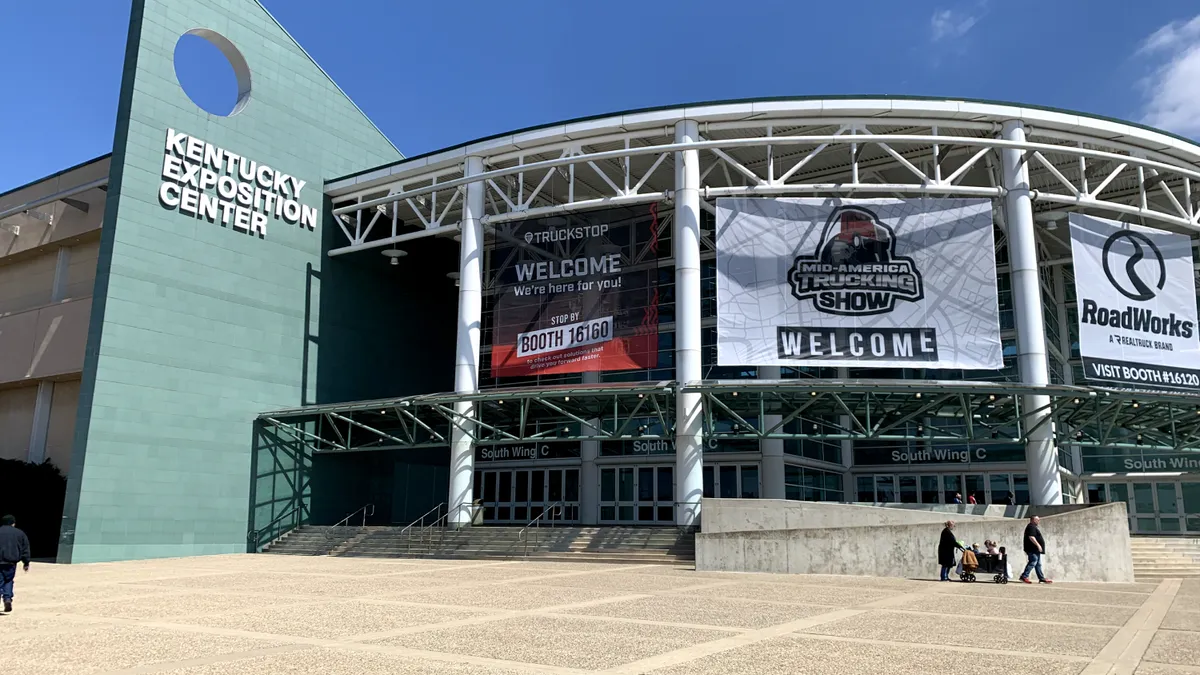Dive Brief:
- Equipping heavy-duty trucks with forward-collision warning systems and automatic emergency braking could eliminate more than 40% of crashes involving large trucks rear-ending other vehicles, the Insurance Institute for Highway Safety said Thursday.
- Eric Teoh, director of IIHS statistical services, examined data on crashes from 62 carriers using trucks weighing at least 33,000 pounds, according to the IIHS study. Teoh's study looked at 2,000 serious crashes from 2017 to 2019. Forward-collision warning reduced crashes into the rear of other vehicles by 44%, and AEB reduced crashes by 41%, Teoh reported.
- In the United States, OEMs are not required to install front-crash prevention system in cars or trucks, but 20 U.S. automakers are planning to make AEB standard on new passenger vehicles by Sept. 1, 2022, the report said.
Dive Insight:
Many fleets remain reluctant to install AEB, according to Jack Legler, technical director of the American Trucking Associations' Technology and Maintenance Council. Fleets are concerned about the unforeseen costs of AEB, but the TMC endorses using the technology. And J.B. Hunt has installed the warning systems on most of their trucks.
Heavy-truck crashes hit an all-time low in 2009, the IIHS said, but since then, they have risen by 33%, killing 4,136 people in 2018. The increasing numbers are not interpreted the same way by the ATA.
"These figures alone provide an incomplete picture of the safety of our highways because they do not account for how many vehicles were on the road in 2018 and how many miles those vehicles traveled," said ATA spokesman Sean McNally, speaking to Transport Topics in October 2019 about the 2018 figures.
Trucks weigh between 20 times to 30 times what a passenger vehicle weighs, the IIHS said, making them potentially deadlier than an average car when involved in an accident. The weight also means it takes longer for a tractor-trailer to brake. The increasing number of large-dollar jury verdicts related to trucking crashes is pushing up insurance premiums. Fleets are thus looking for cost-effective technologies that can eliminate or reduce crashes and, in turn, lower insurance costs.
The search for better tech has also kicked off more scientific studies. An AAA study found installing automatic emergency braking systems on large trucks could prevent more than 5,000 crashes each year. Air disc brakes could prevent nearly 2,500 crashes annually, according to the AAA report.
Some fleets are also using high-tech and connected cameras. During a webinar on drivers' concerns in July, Keith Wilson, director of safety and recruiting for Sharp Transport, said his company debated the use of in-cab cameras. The cameras that face the driver are growing in use, Wilson said, but drivers were wary of being monitored while driving.
After an internal management debate, Sharp Transport addressed concerns that the cameras stayed on after hours, and would record drivers as they slept or relaxed in the back. Wilson and management assured drivers the in-cab cameras turn off when the key is taken from the ignition.
Out of 150 Sharp Transport drivers, only three left the company after in-cab cameras were installed. Accidents dropped 125% over time after installation.
"That paid for the cameras," said Wilson.












